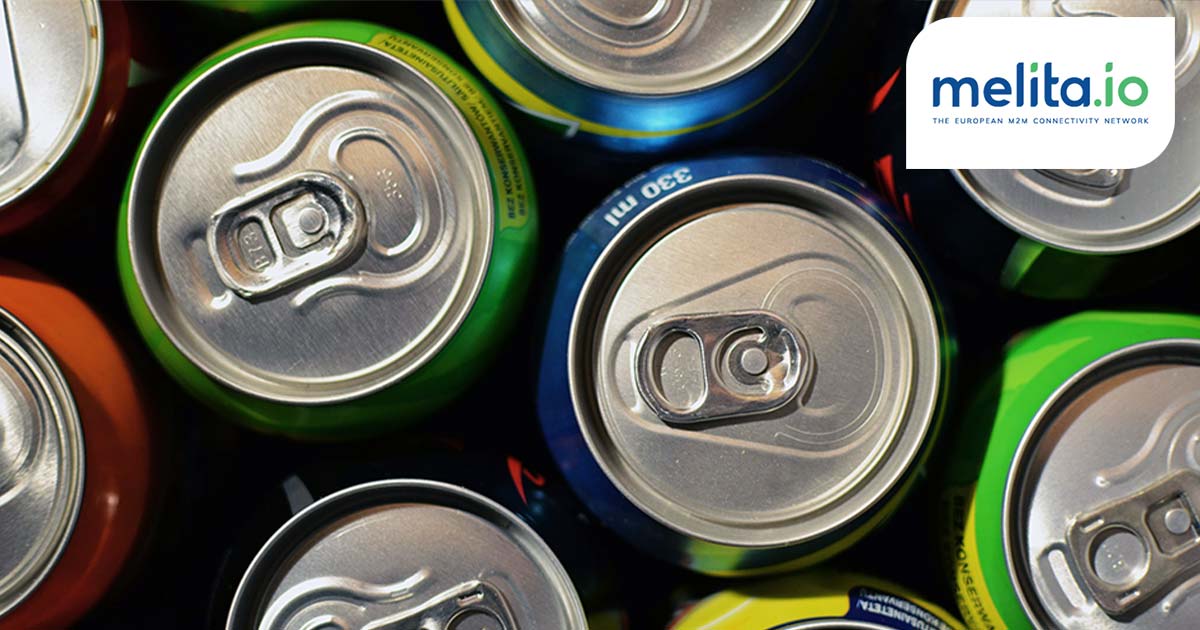
All around the world fizzy drinks and sparkling water form a significant part of the beverages market, and with the industry being so competitive, it is important for bottlers and distributors to optimize their operations, and to keep their clients well-stocked and properly serviced.
What makes the fizz?
Carbonation, or the addition of carbon dioxide (CO2), is what gives drinks their fizz. Sometimes the process of adding C02 is done at the factory where the beverages are bottled, but when fizzy drinks are served from a draught system, which is usually the case at restaurants, bars and other high consumption venues, the pressurized carbon dioxide is added to the liquid drinks on site; just before they are served to the end customer. This requires the serving establishment to stock two separate containers – one that holds the CO2 and one that holds the liquid drink. To achieve the desired pour, measured amounts from the two containers are mixed together to make the required drink.
Where’s the challenge?
Distributors of fizzy drinks face two main challenges:
- Keeping track of the physical location of the CO2 containers
- Gauging the CO2 levels inside the containers
Traditionally, distribution companies operate a physical delivery route whereby workers physically visit establishments, locate CO2 containers, manually check their capacity levels, and re-stock as necessary.
However, sometimes CO2 containers go missing, sometimes the establishment would have run out of CO2 long before the route visit is due, and sometimes the CO2 levels are still healthy and there would have been no need for a physical visit by the distribution company. All this makes the physical delivery route an inefficient system – one that wastes time, money, and resources.
The IoT Solution
Melita.io has embarked on an IoT solution that addresses both challenges.
Low-power, smart sensors are attached to CO2 containers to read the containers’ physical location and the volume levels of the CO2 inside the container.
The sensors transmit the information via Melita’s LoRaWAN gateway, and then to an IoT platform that interprets the data and presents it to the distributor in an easy-to-read visual format. This data enables the distributor to be proactive and more efficient in many ways but mainly by allowing it to remotely determine which establishments need a physical visit and which don’t, thus avoiding unnecessary trips. In addition, when CO2 containers go missing, their location can be tracked easily.
Melita’s LoRaWAN network is a low powered network that is very secure and reliable. It offers optimal coverage in remote areas as well as accurate localization whilst the sensors and devices connected to it do not need a Sim card.
What are the wins?
Thanks to this IoT solution from Melita.io, distribution routes can be optimized to become more cost and time-effective, by enabling the distribution company to increase or decrease physical visits to an establishment whenever necessary.
Not only does this save distribution companies time and money but also reduces their carbon footprint, helping them reach their sustainability targets and ultimately helping the planet.
The accurate localisation feature means that when CO2 containers are not found on the premises they can be easily tracked down, saving the distributors and clients the cost of replacements.
The real-time visibility that the data provides, enables the distributor to be proactive by deploying a physical visit to replenish the clients’ stock before stocks finish or even before the client realises.
With the possibility of automatic reordering, it also becomes unnecessary for catering establishments to keep track of their CO2 stock levels, thus saving them precious time and effort.